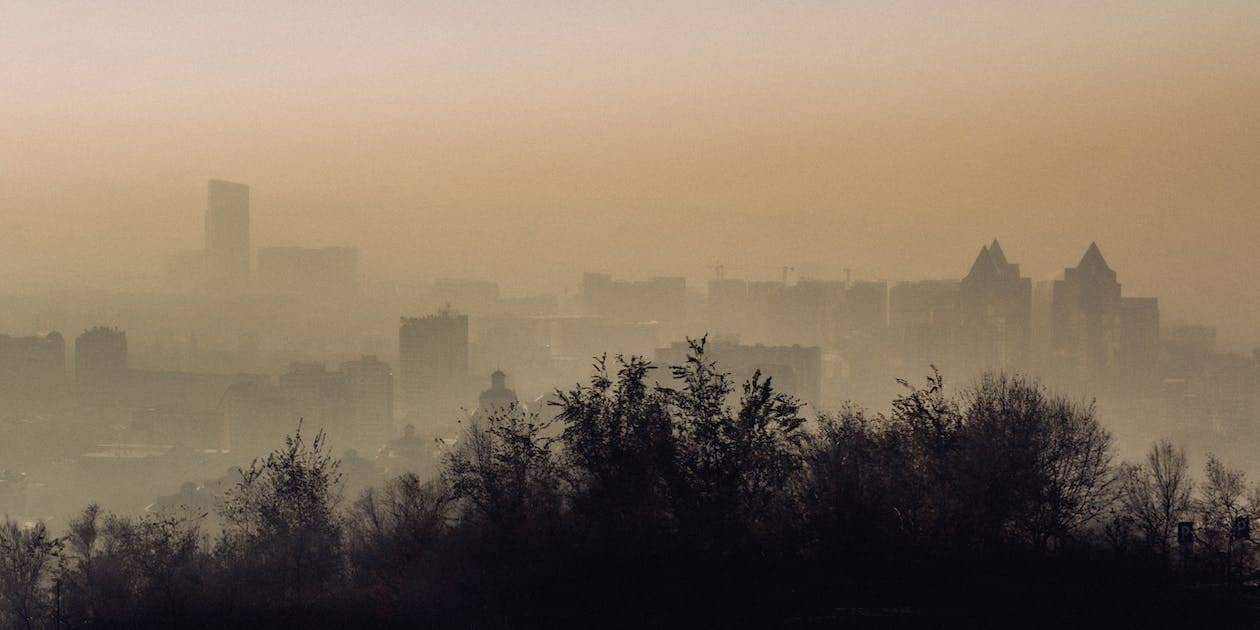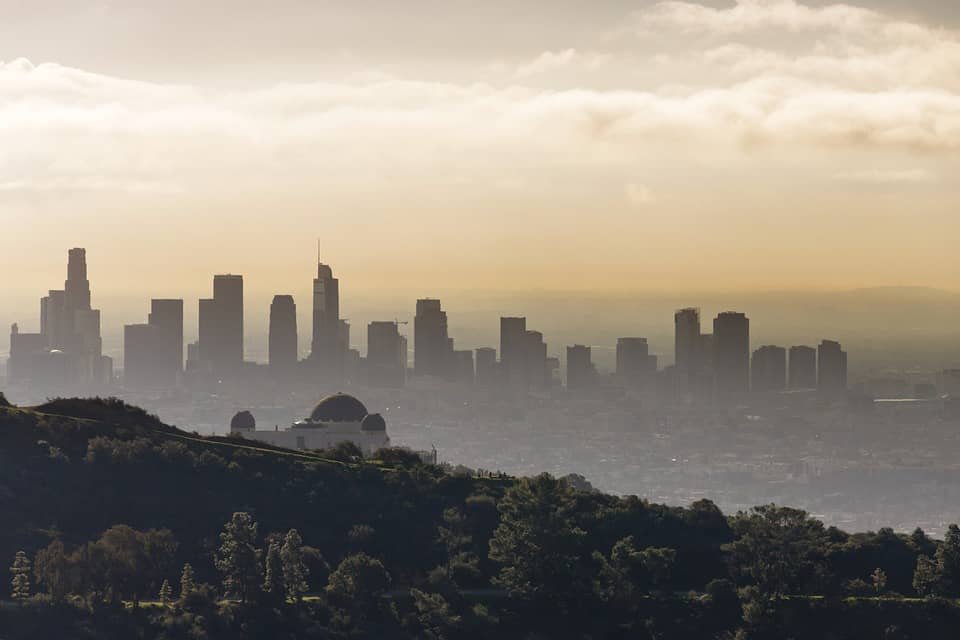According to the latest “State of the Air” report released by the American Lung Association, Air pollution in the united states is affecting nearly 36% of Americans, or 119.6 million people, who still live in areas with unhealthy levels of ozone or particle pollution.
After decades of progress in reducing air pollution, 17.6 million fewer people are breathing unhealthy air compared to last year’s report.
Here are the key takeaways from the report:
The “State of the Air” report looks at two of the most dangerous air pollutants, fine particles, and ozone, and assigns grades for daily and long-term measures of particle pollution and ozone levels.
- Falling levels of ozone in many places around the country reflect the success of the Clean Air Act.
- The number of people living in counties with failing grades for daily spikes in deadly particle pollution was 63.7 million, the highest ever reported under the current national standard.
- High ozone days and spikes in particle pollution related to climate change put millions of people at risk.
- Policy-driven reductions in emissions and climate change-fueled increases in pollution are driving a widening disparity between air quality in eastern and western states, especially for particle pollution.
- People of color are 3.7 times more likely than white people to live in a county with three failing grades.
- Bakersfield, California, displaced Fresno as the metropolitan area with the worst short-term particle pollution, while Los Angeles remains the city with the worst ozone pollution in the United States.
Air pollution is a serious public health issue that can cause respiratory problems, heart disease, and stroke, among other health problems. The burden of living with unhealthy air is not shared equally, with people of color and low-income communities being disproportionately affected.

The American Lung Association has been publishing the “State of the Air” report annually since 2000, reflecting the successes of the Clean Air Act in reducing emissions from transportation, power plants, and manufacturing. But, it is clear that there are still significant challenges related to air pollution and climate change that need to be addressed.
Here are some of the steps that can be taken to improve air quality and lung health:
- Support policies that reduce emissions from transportation, power plants, and other sources of pollution.
- Invest in clean, renewable energy sources and technologies.
- Plant trees and green spaces in urban areas to help absorb pollutants.
- Promote public transportation, biking, and walking as alternatives to driving.
- Raise awareness about the health risks of air pollution and climate change, particularly in communities that are disproportionately affected.
Overall, the “State of the Air” report highlights the progress that has been made in reducing air pollution in the United States, but also underscores the urgent need to continue working towards cleaner air and a healthier environment for all.










